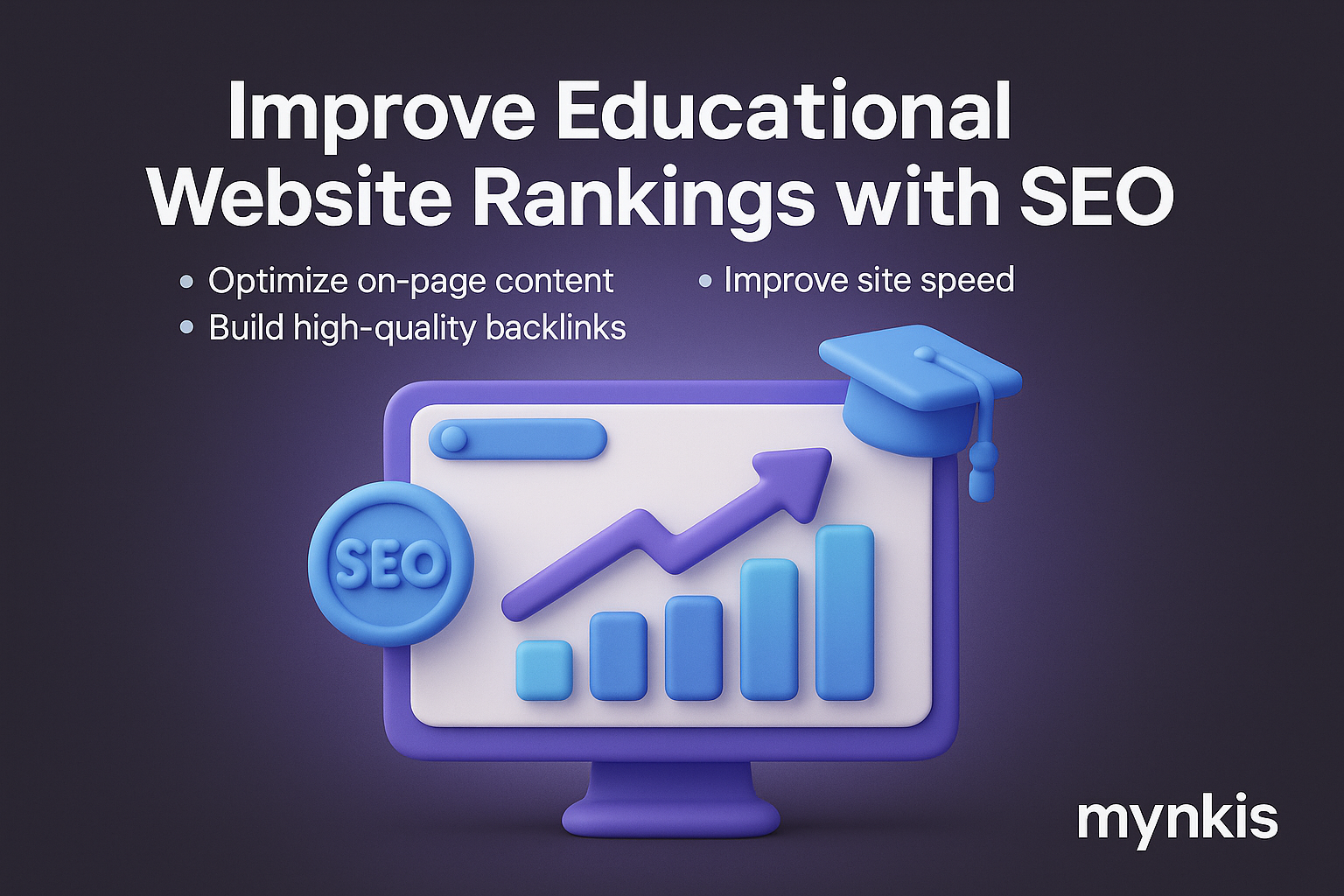Schedule a Demo
SEO, or Search Engine Optimization, might seem like a buzzword you’ve heard tossed around in tech circles, but for educational institutions aiming to increase their visibility and reach, it’s the bread and butter of online presence. I remember working with a small college that revamped its approach to SEO, leading to a staggering increase in student inquiries. From my experience, the journey begins with understanding how SEO specifically applies to educational platforms and learning management systems (LMS).
Keyword research is not just about tossing in a few trendy phrases; it's a detailed science. In my work, I've guided many educational leaders through the process of identifying keywords that not only align with their course offerings but also with the search intent of their prospective students and academic community. Tools like Google Keyword Planner and Moz Keyword Explorer can be tremendously helpful. It's critical to consider both short-tail (e.g., “online education”) and long-tail keywords (e.g., “best online MBA in California”) to cater to different audiences and intents.
When it comes to on-page SEO, content is king—yet it's often about the quality, not just the quantity. I've seen schools immensely benefit from creating thorough, engaging blog posts and educational articles that not only inform but also strategically include keywords. Headers, meta descriptions, and alt text should all be optimized with target keywords. For example, using primary keywords like “custom learning management system” and “SEO-optimized educational websites” naturally throughout your content will signal relevance to search engines.
Technical SEO is often overlooked, but it’s a critical piece of the puzzle. Ensuring that your site is mobile-friendly, loads quickly, and is accessible to all users is non-negotiable. In my work, ensuring that clients' learning management systems were responsive and quick-loading transformed their site engagement and, consequently, their SEO rankings. Audit tools like Google PageSpeed Insights can pinpoint where improvements are needed.
I can’t emphasize enough the power of creating high-quality, educational content. It’s not just about stuffing your pages with keywords but rather creating valuable resources that your audience will want to engage with. Integrating guides, instructional videos, and even user-generated content like student testimonials or project showcases can significantly increase user time on site—a crucial ranking factor.
Establishing a robust link-building strategy is essential for improving your domain authority. In my experience, collaborating with educational influencers and industry partners to generate backlinks can raise your site’s credibility. Schools can benefit from partnerships with educational technology companies or local businesses who can provide insights or guest posts, driving relevant links back to your website.
User experience (UX) plays a pivotal role in SEO. A well-designed, intuitive interface keeps users engaged longer, reducing bounce rates. I once worked with a university that made a concerted effort to streamline its website navigation, resulting in increased session duration and, ultimately, better SEO performance. It’s about making your site not only easy to use but also enjoyable, reflecting the quality of education you offer.
Monitoring your SEO efforts through tools like Google Analytics or Search Console is crucial for understanding what works and what doesn’t. In one project I led, consistent monthly reviews using these tools helped a client drastically improve their rankings for targeted keywords related to their courses. Regularly checking metrics like organic traffic, keyword rankings, and conversion rates will keep you informed and agile in your SEO strategy.
It’s vital not to overlook the significance of local SEO for educational institutions. Ensuring your school is listed accurately on Google My Business, along with having consistent NAP (Name, Address, Phone number) across directories, can attract local students and enhance your search visibility within your community. Based on available research, schools that optimize for local SEO often see improvements in regional engagement and enrollment numbers.
Social media platforms are not just for broadcasting messages but also indirectly bolstering your SEO efforts. Sharing your educational content on platforms like X (formerly Twitter), LinkedIn, and Instagram can drive traffic and possibly earn natural backlinks. I’ve worked with educators who leverage live sessions and webinars to boost engagement, which then naturally increases their online visibility.
Custom learning management systems (LMS) demand their own tailored SEO approach. The internal pages where students learn and interact require SEO optimization just as much as the external promotional pages. Ensuring pages within your LMS are indexed, tag them with keywords, and structure the information in a search-engine-friendly manner can dramatically improve its visibility.
The digital landscape is ever-evolving, and SEO is no different. Staying abreast of the latest SEO trends and algorithm updates can set your educational platform apart. In the past year, prioritizing mobile-first indexing and the impact of voice search on SEO have been topics of substantial interest among clients I advise.
Finally, approach SEO as a journey rather than a destination. It requires persistence and flexibility. Annual reassessments and the willingness to adapt strategies based on performance metrics can keep your educational website not just relevant but exceptionally high-ranking. Personal anecdotes and case studies from within the educational sector can further inform this continuous journey.
